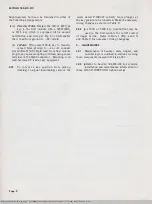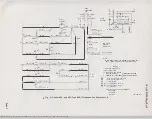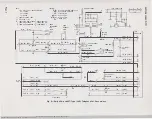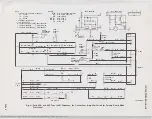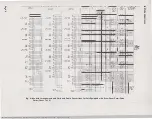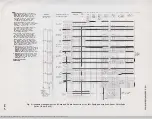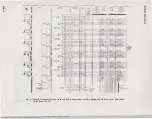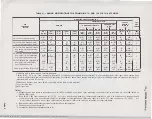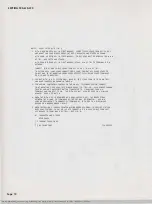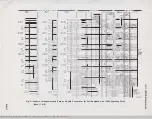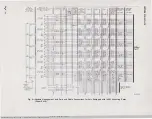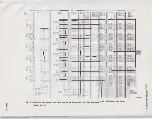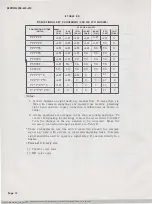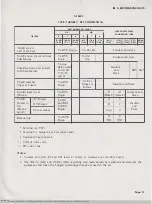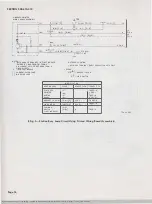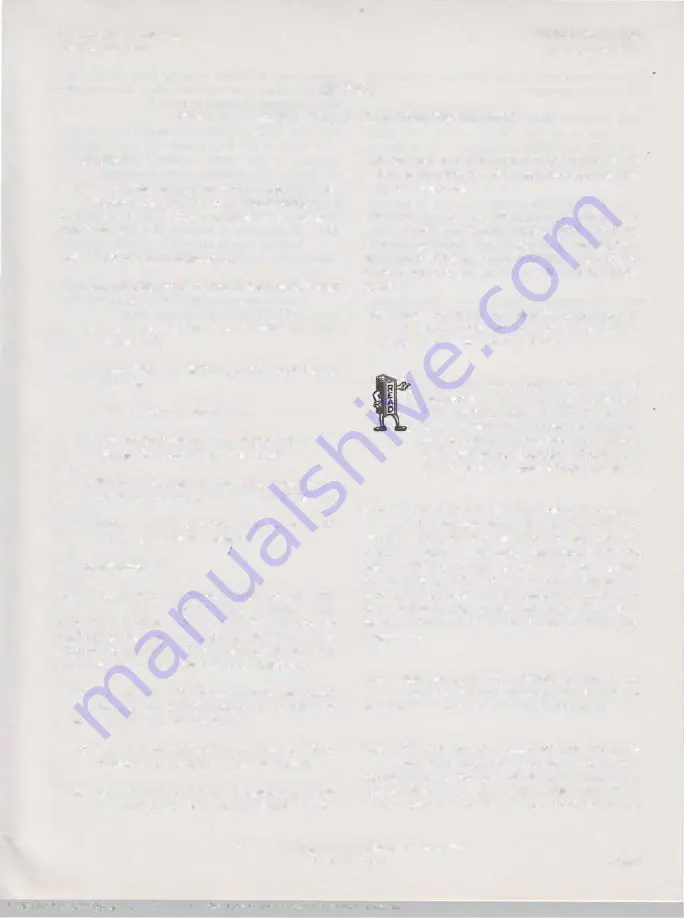
BELL SYSTEM PRACTICES
AT&TCo Standard
SECTION 502-610-410
Issue 2, April 1972
SERVICE
636A, B, C AND 637 A, B, C, D TELEPHONE SETS
1.
GENERAL
1.01
This section contains connection and maintenance
information for 18- and 30-button general
purpose CALL DIRECTOR® telephone sets equipped
with headset jacks.
1.02
This section is reissued to:
•
Change title of section from 636- and 637-type
telephone sets
•
Show that all codes of these telephone sets
are now MD
•
Show 599H and 657H keys MD, replaced by
657L key
•
Add modification table, Fig. 6
•
Add information on T1A ringer, Fig. 1 and
change 241A amplifier to 241-type
•
Remove common maintenance information
which is now covered in Section 502-600-100.
1.03
These sets are not intended for use with
3-type speakerphone systems.
2.
CONNECTIONS
2.01
These sets are factory-wired for use with
lAl, 1A2, or 6A KTS line circuits. They
may also be used with lA KTS line circuits by
modifying the set as shown in Table A. Line
circuits for lA, lAl, or 1A2 KTS may be connected
to the same set under the following conditions:
(a) lAl or 1A2 KTS lines must be connected
to the first key units with lA Jines connected
to supplementary key modules.
(b) lA, lAl, or 1A2 KTS lines should not be
connected to the same 6 line key module.
(c) lA, 1A1, or 1A2 KTS lines appearing behind
a m a n u a l s w i t c h b o a r d s h o u ld n o t be
intermixed at a CALL DIRECTOR telephone set
due to the different time out intervals provided
by the associated KTU's.
2.02
These 636- and 637-type (MD) rotary dial
telephone sets are equipped with 517A jacks
for the plugs of a G3L handset or a head telephone
set. The internal wiring is arranged to electrically
connect either the line switch or the headset jacks
to the line.
2.03
Replacement or substitution of the key in
the first module may require wiring changes
as shown in the notes for Fig. 3 and 4.
Some spade-tipped conductors or
mounting cord leads are insulated
with tubing which should be cut off
with electrician scissors or diagonal
pliers. Other conductors
are
insulated
with stiff plastic pockets. Pinch open
the pocket to release the spade tips.
2.04
When station busy lamp feature is required
with these sets having 1A1 or 1A2 KTS line
circuits, a P-90D033 Printed Wiring Board Assembly
must be ordered separately and installed in the
636- or 637-type telephone set. With this option,
the busy lamp will light whenever a line pickup
button is depressed and the handset is off-hook or
the headset is plugged into the jack. See Fig. 6
for connections and Section 502-600-100 for installation
procedures.
2.05
Sets equipped with a D120C mounting cord
manufactured prior to III-68 must use circuit
per Fig. 6 to provide station busy lamp feature.
2.06
tThe tip and ring leads of lines wired for
supplementary hold feature must be run
directly between the key telephone equipment and
key telephone set. The A and lamp leads can be
routed p e r SD-6 9 530-0 1 a n d D ivision 5 1 8
.•
@ American Telephone and Telegraph Company,
1972
Printed in U.S.A.
Page 1
BSP
502-610-410-i02_1972-04-Ql.jpg Scanned by Frank Harrell, (Cowboy Frank) Castle Rock, Colorado Feb 04,2012 13:17:13


